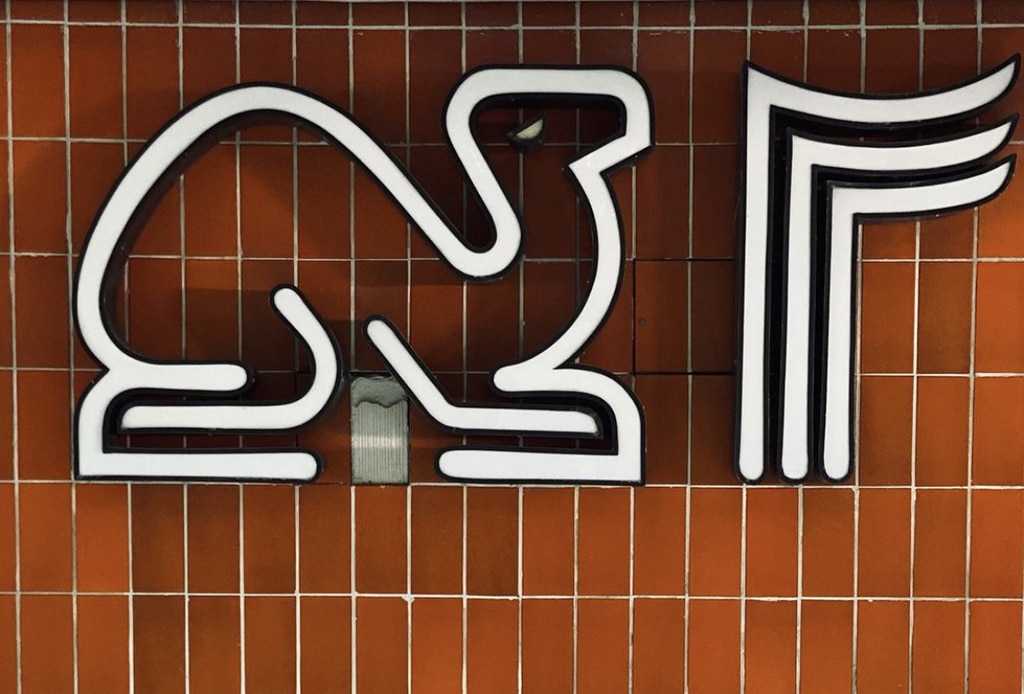By Fares Al-Shammari
KUWAIT: Fawaz, a 22-year-old, speaking to Kuwait Times, acknowledged he had always heard the name ‘Souk Al-Manakh’, but admitted to not knowing much about it. Fawaz candidly stated the importance of studying historical events and learning from past mistakes to avoid their repetition. The collapse of Souk Al-Manakh is a significantly underexplored chapter in Kuwait’s history, offering valuable lessons. For many people today, it may be hard to imagine that Kuwait once had the third-largest stock exchange in the world.
In fact, more trading activity took place in Souk Al-Manakh than in the London markets with all of their foreign listings combined. To provide context, Kuwait’s economy thrived after a substantial increase in oil prices during the 1970s, resulting in increased wealth for Kuwaitis. The newly established stock exchange was one of the few avenues for investment. However, it was tightly regulated, with limited companies available for investment. This combination of newfound wealth and limited investment opportunities laid the foundation for one of the most significant financial crises, not only in Kuwait but globally.
Trading commenced in Souk Al-Manakh in 1978, within an air-conditioned parking garage. Interestingly, this location had previously served as a marketplace for resting camels. The term “Al Manakh” bears a resemblance to another Arabic word meaning “climate”, and ironically, the market’s collapse unfolded swiftly, much like a sudden storm. Today, the market is somewhat abandoned, but according to author Nadiah Alsharrah in her book “Manakh 82”, a small office space there once commanded prices as high as KD 15 million. A majority of the listings in the market featured companies founded in neighboring GCC countries.
It’s worth noting that trading foreign stocks in Kuwait was prohibited, but it still occurred. Alsharrah, in an interview with Kuwait Times, explains that investors would travel to neighboring countries, such as the UAE, to establish companies with the approval of local sheikhs. These shares were later traded in Souk Al-Manakh. Ten prominent individuals, known as knights, achieved knighthood status due to their exceptional success in the market.
They enjoyed opulent lifestyles, with stories of one knight withdrawing KD 5 million just to grasp the extent of his wealth, another dining casually in Paris, one gifting 16 Rolls-Royces, and yet another purchasing a Siamese cat for KD 3 million. They were billionaires. Investing in Souk Al-Manakh may seem like a profitable and wise decision even today, but in reality, it was not. Many of the GCC companies listed in Al Manakh were unproductive. Author Alsharrah provides an intriguing example of a poultry company whose shares were traded even before it had its first chicken.
These companies lacked intrinsic economic value, and the rising prices were fueled by speculative trading, which was unsustainable. The situation worsened with the introduction of post-dated cheques. A post-dated cheque is one bearing a future date. For instance, if Fares agreed to buy 100,000 shares from Nasser, to be received in six months, Nasser would benefit by selling the shares for more than their current price, while Fares would be betting on their value increasing in six months. Alsharrah likens this practice to gambling. A common saying in Kuwait at the time was, “To succeed in Al-Manakh, shut off your brain.”
Why were post-dated cheques problematic? Although it was culturally discouraged to cash a cheque before its date, it wasn’t illegal. This is where the problems began. In 1982, when one person cashed a cheque before its date and found no available funds, chaos erupted in the market. This triggered a domino effect, with investors rushing to cash their post-dated cheques, causing share prices to plummet. As a result, people couldn’t meet their financial obligations. Returning to the example of Fares and Nasser, if Nasser had cashed the post-dated cheque before the six-month period, it would have spelled trouble for Fares, who had taken a significant risk and wouldn’t have enough funds for other obligations.
To make matters worse, the shares Fares owned and had speculated on would have significantly depreciated because people stopped investing in the souk. The total unpaid debt reached KD 29 billion, according to cheques presented to the financial authority. This sum was five times greater than Kuwait’s GDP at the time, and some investors went from being billionaires to struggling to refuel their Rolls-Royces. Additionally, banks were involved because they lent money to people who used post-dated cheques as collateral.
According to a 1989 United Nations report, most banks in Kuwait, except one, became insolvent. The government had to step in and absorb the losses. The collapse of Souk Al-Manakh had far-reaching consequences, impacting all GCC economies. It led to increased distrust among businesspeople in Kuwait, fractured family structures due to financial losses, and the swift transformation of the rich into the poor overnight.











